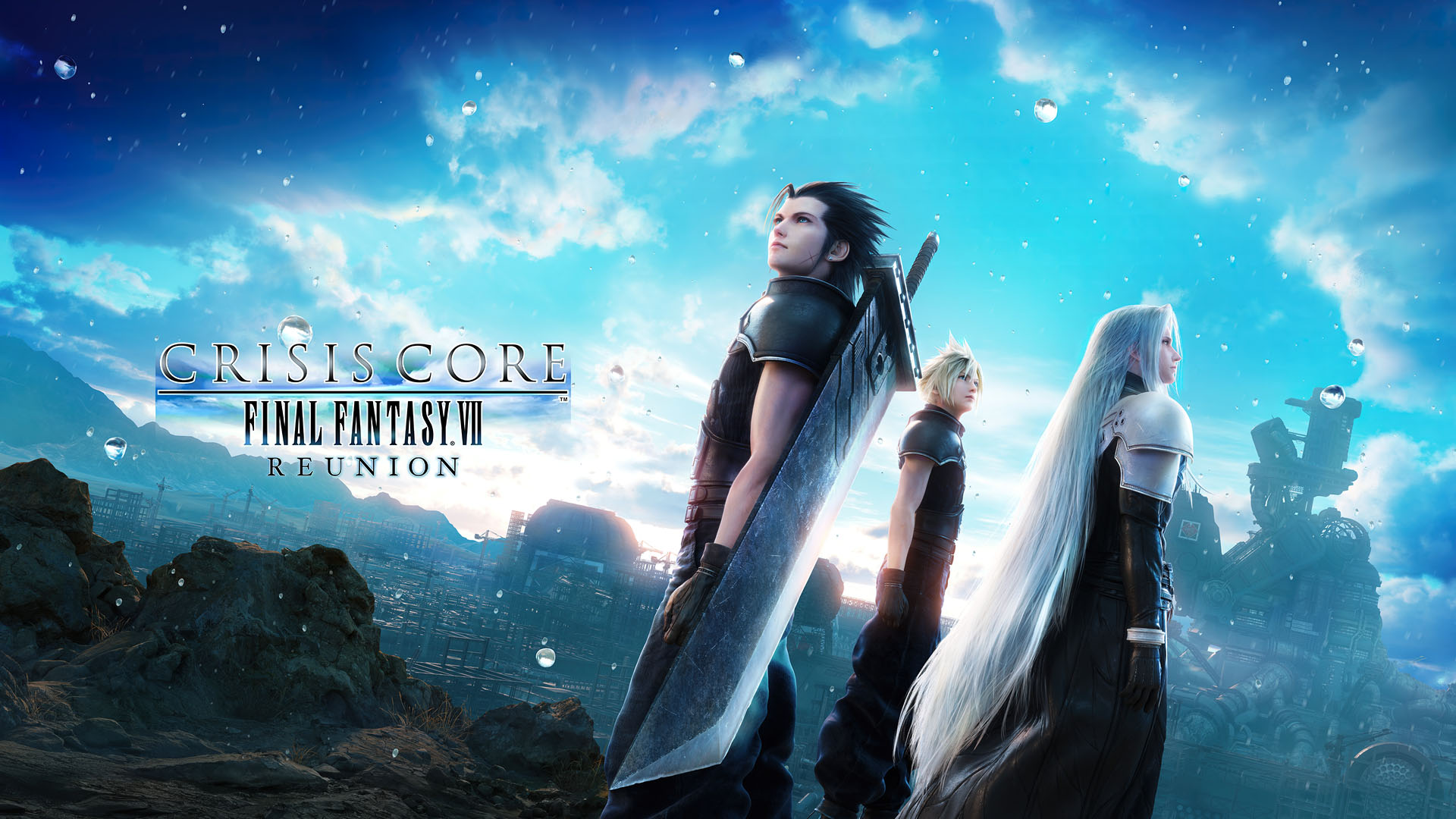
Crisis Core: Final Fantasy VII Reunion sits somewhere in a nebulous no-man’s land of “remake” and “remaster” of the 2008 PSP game. There are substantial changes to the game’s graphics, completely new voice acting, and the combat has been changed, but the core game and story are the same as it has ever been.
Square Enix has been hard at work bringing its older games to current platforms and the results can be mixed. Some attempts like Live A Live or Tactics Ogre: Reborn effectively replace their older counterparts. Then again, the remasters for Chrono Cross and Final Fantasy Crystal Chronicles proved to be inferior to their originals.
The original Crisis Core was another subpar entry in the Final Fantasy VII compilation that all failed to understand the point of the original game. With Crisis Core: Final Fantasy VII Reunion, can shadow developer Tose improve upon its formula? How will it fit in the revisionist Final Fantasy VII Remake canon? Find out in this Crisis Core: Final Fantasy VII Reunion review!
This is a review coupled with a supplemental video review. You can watch the video review or read the full review of the below:
Crisis Core: Final Fantasy VII Reunion
Developer: TOSE CO. LTD., Square Enix
Publisher: Square Enix
Platforms: PlayStation Portable (as Crisis Core: Final Fantasy VII), Windows PC, Nintendo Switch, Xbox One, Xbox Series X|S, PlayStation 4, PlayStation 5 (reviewed)
Release Date: December 13, 2022 (initial release date: March 4, 2008)
Players: 1
Price: $49.99 USD
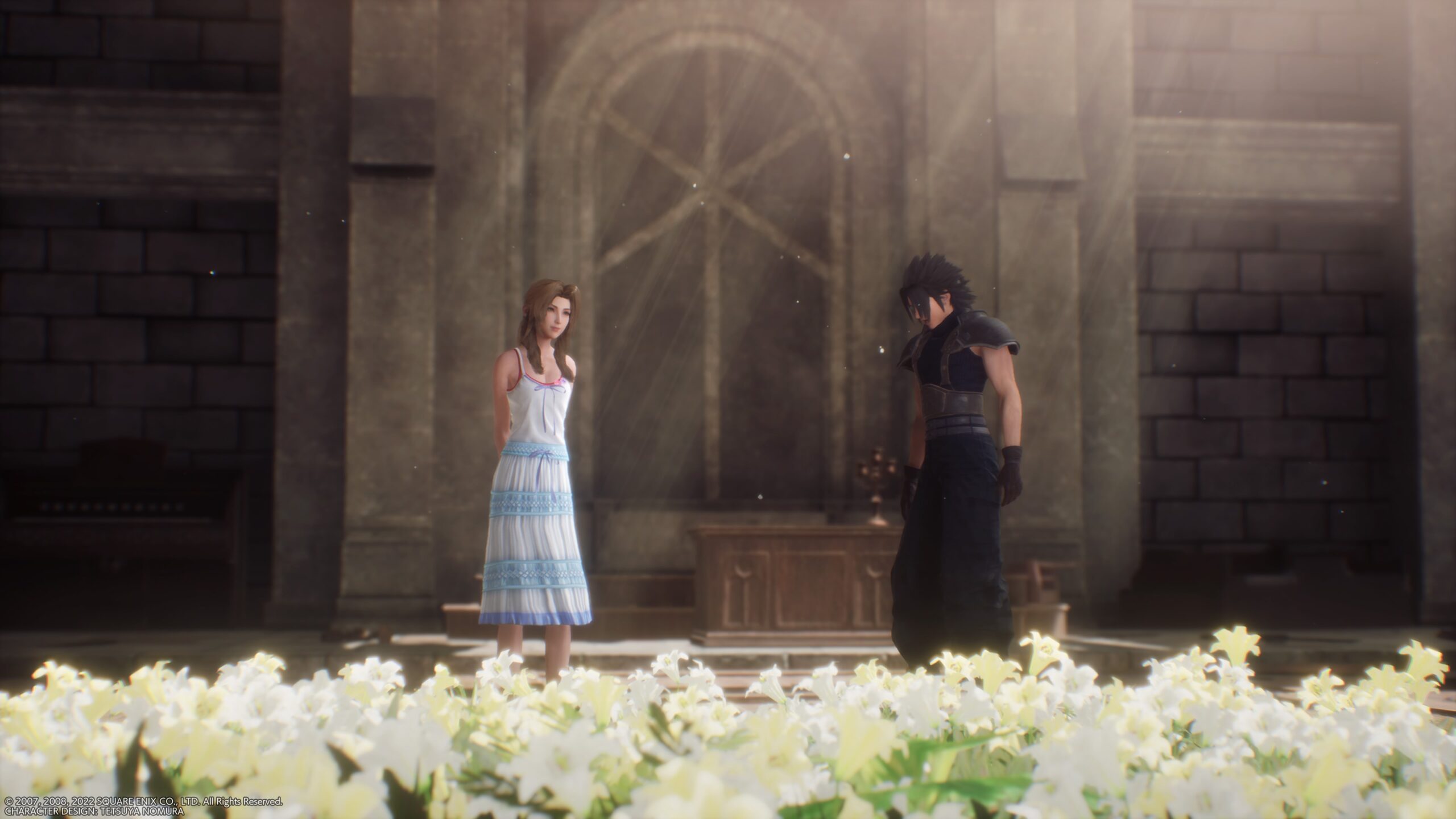
The original Crisis Core: Final Fantasy VII was an ambitious PSP game. It was a prequel to one of the most beloved and important JRPGs on the PlayStation, and tried to further realize the city of Midgar in ways Dirge of Cerberus could not.
This was during a time when Final Fantasy was entering its awkward years and was trying to distance itself from being a turn-based RPG. Final Fantasy XIII was two years away and at the time, all we had were pre-rendered trailers that would try to depict combat to be as exciting as possible.
Crisis Core would be the first time the franchise attempted something that resembled stylish action gameplay – the kind seen in a Devil May Cry game. Attempting to pull this off on a hand-held console in 2008 was daring. The reality was that this was not what you were going to get.
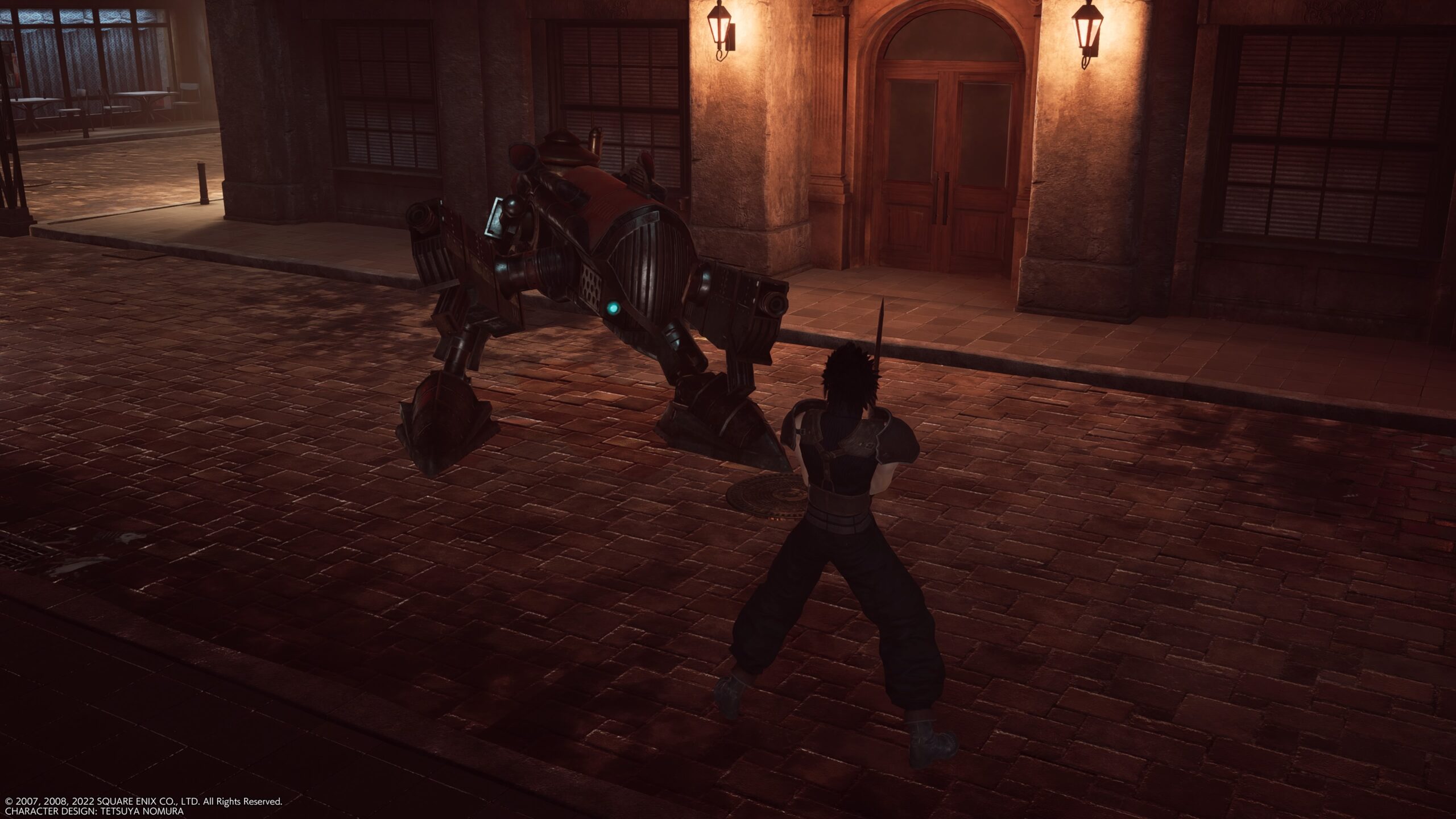
Crisis Core is not a stylish-action game. It looked like one, but it was some kind of half-assed action RPG with a heavy emphasis on RNG to keep things spicy. Crisis Core: Final Fantasy VII Reunion aims to deliver on the promise of being a smoother action game… kind of.
Combat used to be constantly interrupted by the Digital Mind Wave (DMW) slot machine system, but in Reunion, it runs on the upper left corner of the screen and the animated sequences can now be skipped. The idea behind DMW is that it activates various abilities or boosts to the protagonist, or even grants level-ups.
DMW is a neat little system that adds a bit of flair to what is a very simple hack-and-slash action game. Randomly getting infinite magic for a few seconds or being able to use a summon or limit break, which are effectively cutscenes that come with damage bursts, helps add some variety.
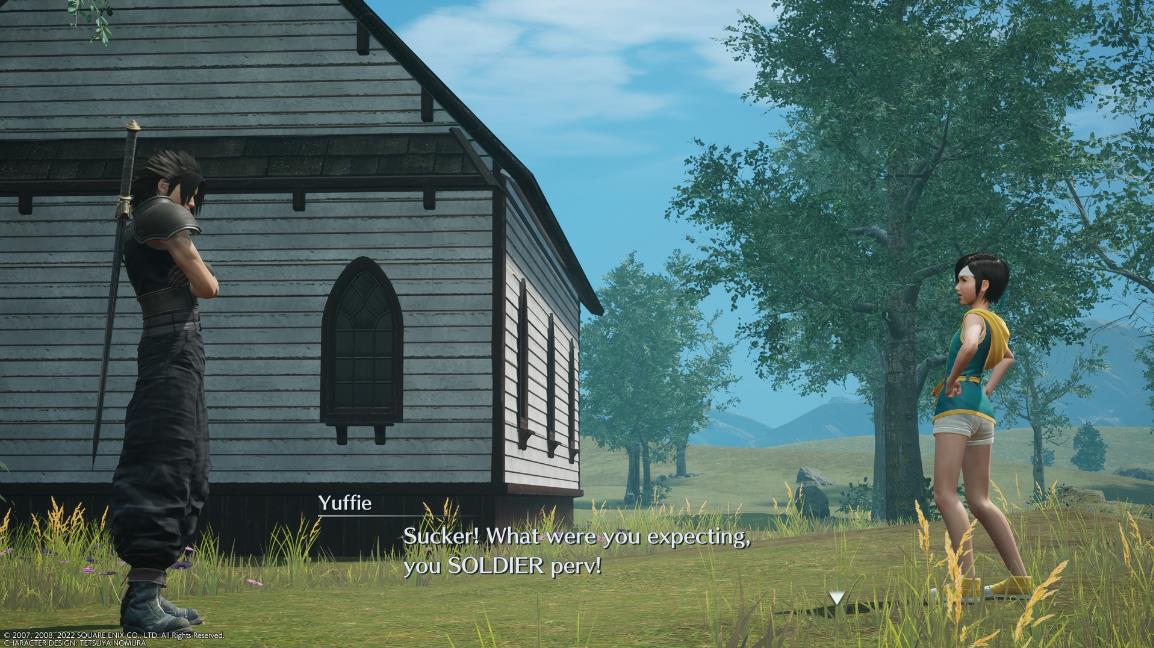
Holding the left bumper toggles the face buttons to the materia skills that are equipped. Players can cast spells or activate different command abilities in this manner and can even do them mid-combo. Being able to mix and customize a play-style in this way is easily some of the most flexibility Crisis Core: Final Fantasy VII Reunion has to offer.
There is not a lot of depth to the combat. Zack has a basic combo and casting magic makes him do a handy backstep to gain some distance from foes to hopefully prevent getting interrupted. Just like in FFVII Remake, there is no jumping and it still feels weird to have the player-character auto-jump to targets.
Some actions can be swapped out with certain materia equipped; like blocking can be switched to a dash move. There needed to be more of these kinds of abilities to flesh out the combat. It isn’t bad, but Crisis Core: Final Fantasy VII Reunion leans in heavily on the fighting systems to fill out the overall game’s content.
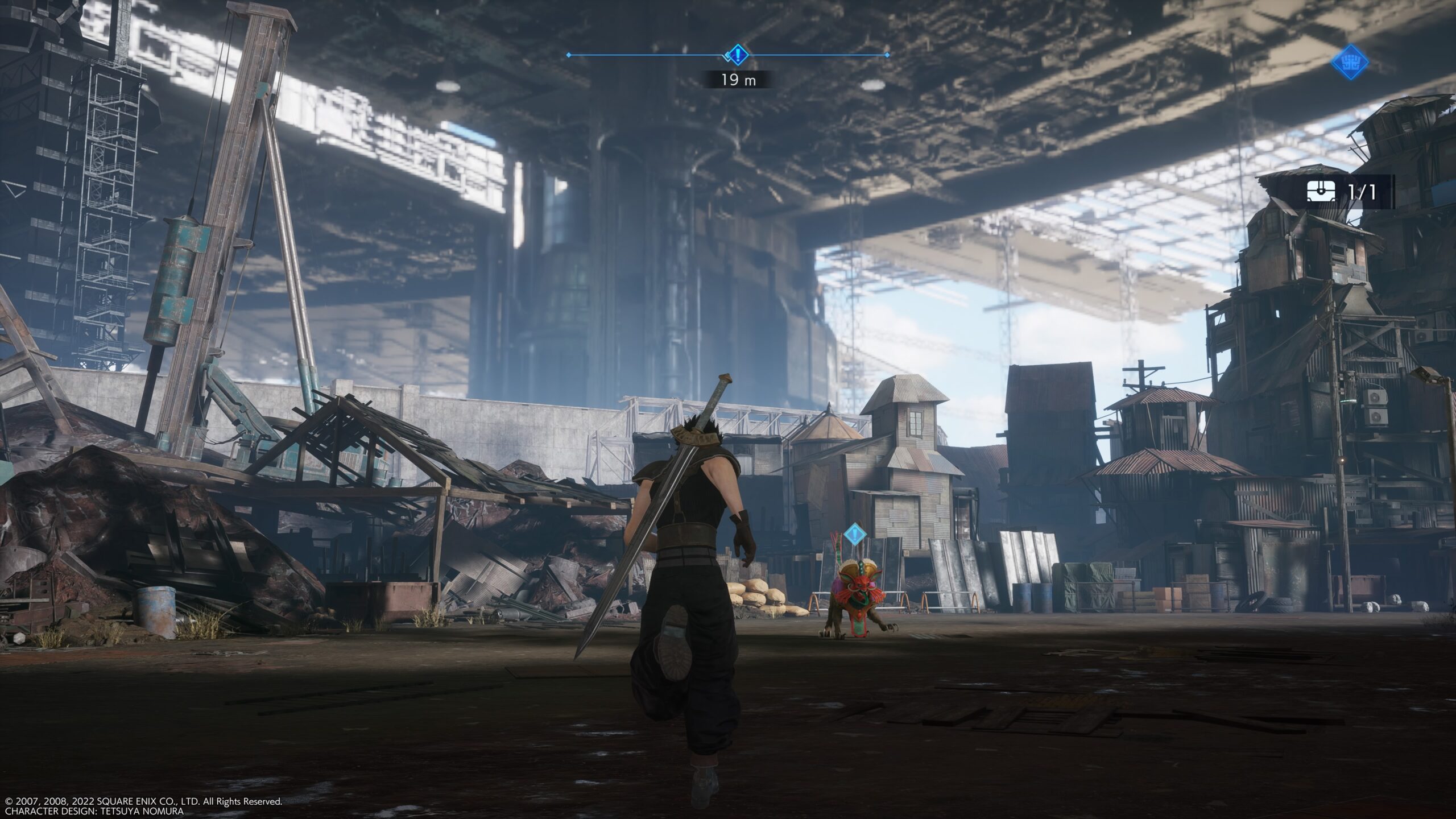
Crisis Core: Final Fantasy VII Reunion’s gameplay is very linear and is set in very small rooms and corridors; a byproduct of its PSP origins. The story constantly pushes the player forward and there is no going back.
The only freedom given is the 300 missions that are available at every save point. At first, you think this is a lot of content, but after a while, it becomes obvious that it is some of the most blatant filler ever. Crisis Core: Final Fantasy VII Reunion is not a long game- it ranges around 10-15 hours, but doing all of these missions can push play times into 30-40 hours.
If there was ever a case for some games being better as portable experiences; Crisis Core: Final Fantasy VII Reunion is it. These missions are brief and are all generally the same. You go into an area made up of premade assets and must find the enemy target and defeat it or refight a story boss. The enemy types and backdrops may change, but every mission is fundamentally the same.
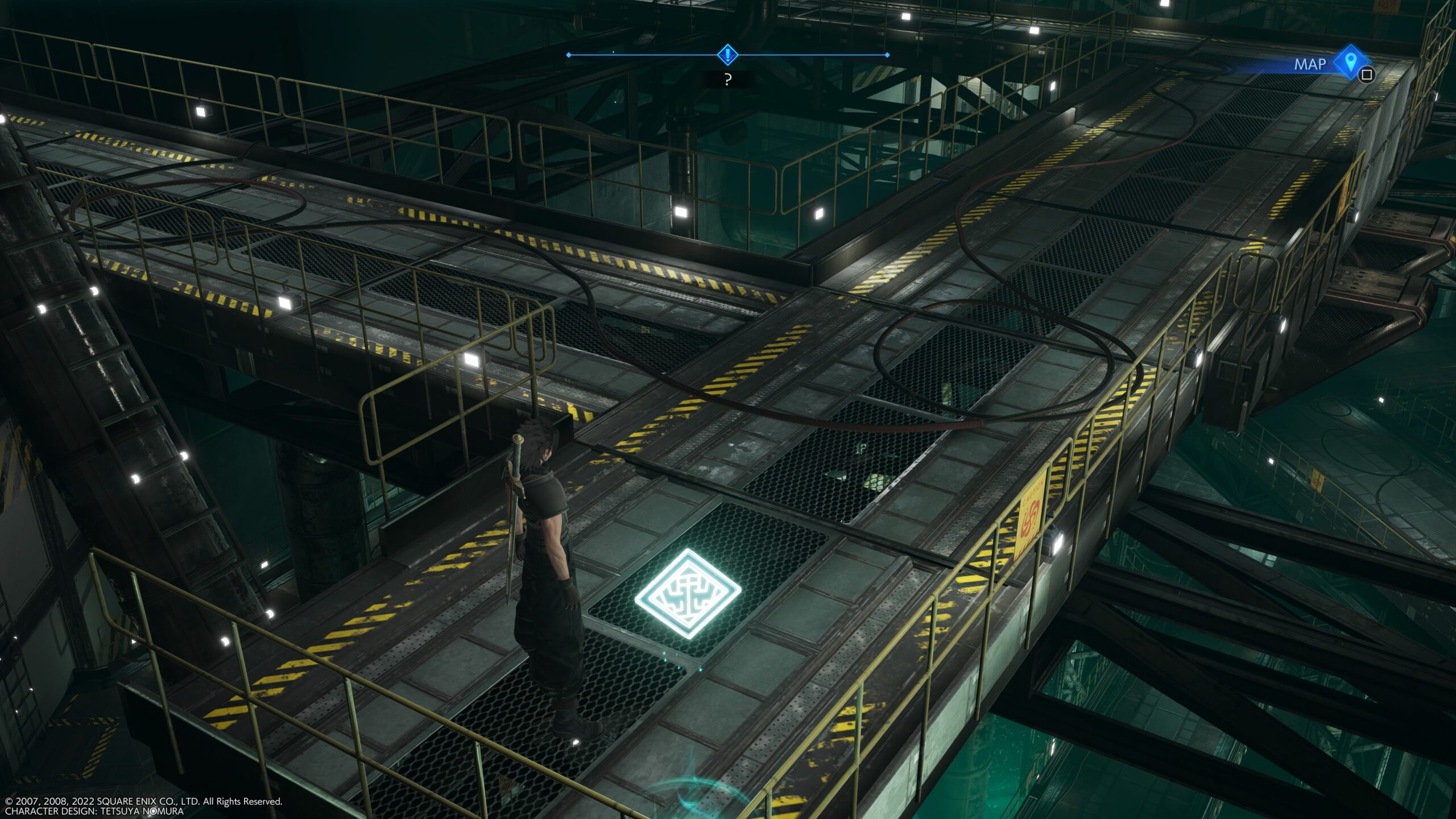
These missions become extremely tedious to complete. The absolute worst aspect of them is that they are necessary to unlock Zack’s potential.
Want to be able to equip more than two accessories or be able to add new characters to the DMW? Get ready to dedicate dozens of hours of running through the same corridors and fighting the same enemies.
This experience may not be so bad if playing Crisis Core: Final Fantasy VII Reunion on a Switch or Steam Deck. The flow of the game is very stop-and-go and missions and story chapters are brief enough that they are best enjoyed in short sessions, not marathons on a large display.
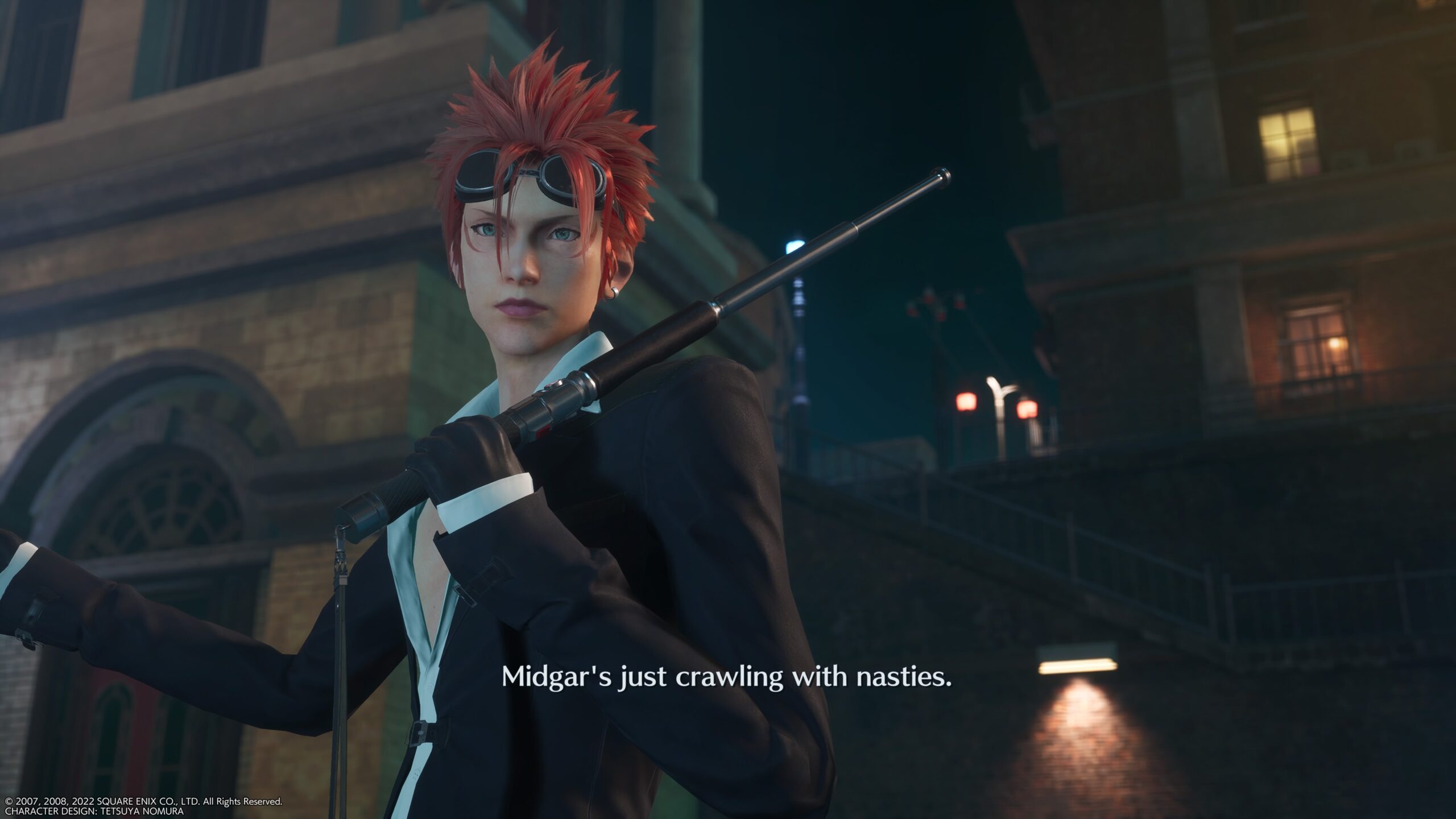
Crisis Core: Final Fantasy VII Reunion‘s gameplay may be extremely simple and lack much variety, but at least it looks decent. It isn’t as impressive as Remake, but that is to be expected considering this game is designed with Switch specs in consideration.
Lots of the assets from Remake have made their way into Reunion’s iteration of Midgar. The layouts and level design of the world is still the same as it was on PSP, but now the setting is very consistent with the current interpretation.
Environments do feel a little lifeless. The sparse NPCs make Midgar feel less like a city and more like individual video game rooms. Sadly, even the chocobo farm has no chocobos. At least loveless street looks great, but it is too bad you can’t go inside Goblins Bar.
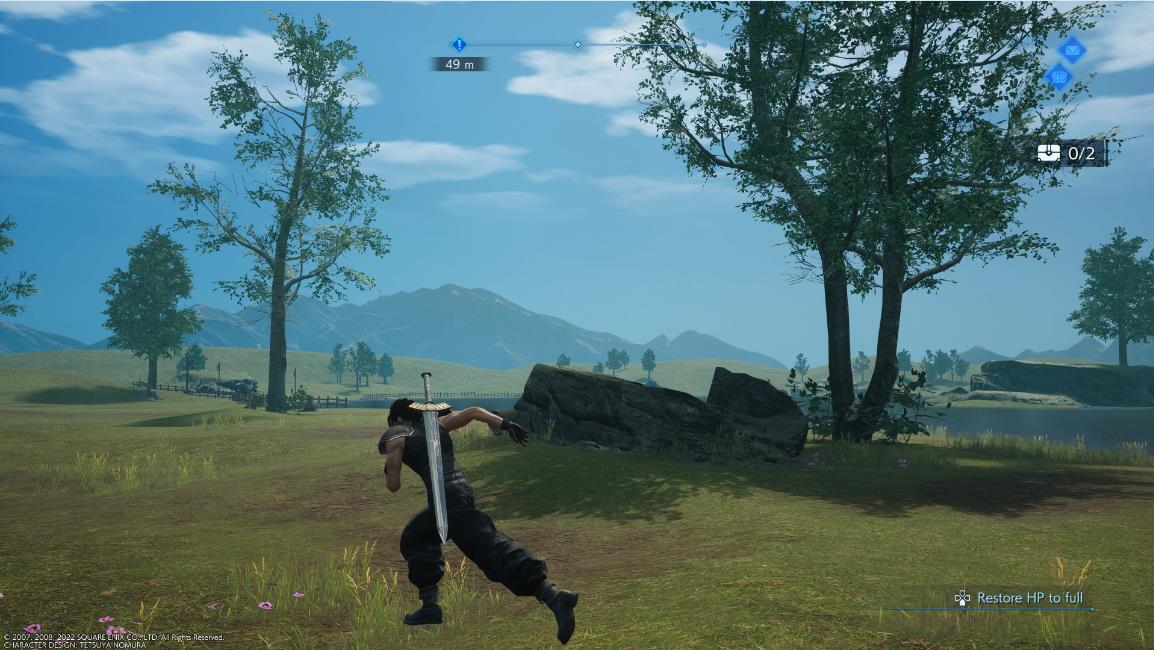
Character models look great, but the animations are the same ones used on the PSP. Those models were much simpler than these new high-fidelity ones which need more expression and articulation. Other times, characters are over-animated with their body language; a sign that these scenes were originally text only with no voice acting.
For all the attempts to make Crisis Core: Final Fantasy VII Reunion consistent with the remake, there was no attention given to rewriting the story. This game needed to have its narrative rewritten so it isn’t rotten with retcons and continuity errors that clash with either the remake or the original 1997 release.
This was an unnecessary story in 2008 and it’s just as redundant today. Zack’s story is not worth exploring and ultimately makes him less interesting as a character as you get to know him. His new voice actor doesn’t help either- making him sound like a nasally excitable nerd than the charming and cool mercenary he used to be on PSP.
Explaining where the buster sword came from takes away its mystique. Genesis is a terrible addition to the Final Fantasy VII lore and his involvement in this prequel undermines a lot of the agency established in the original game.
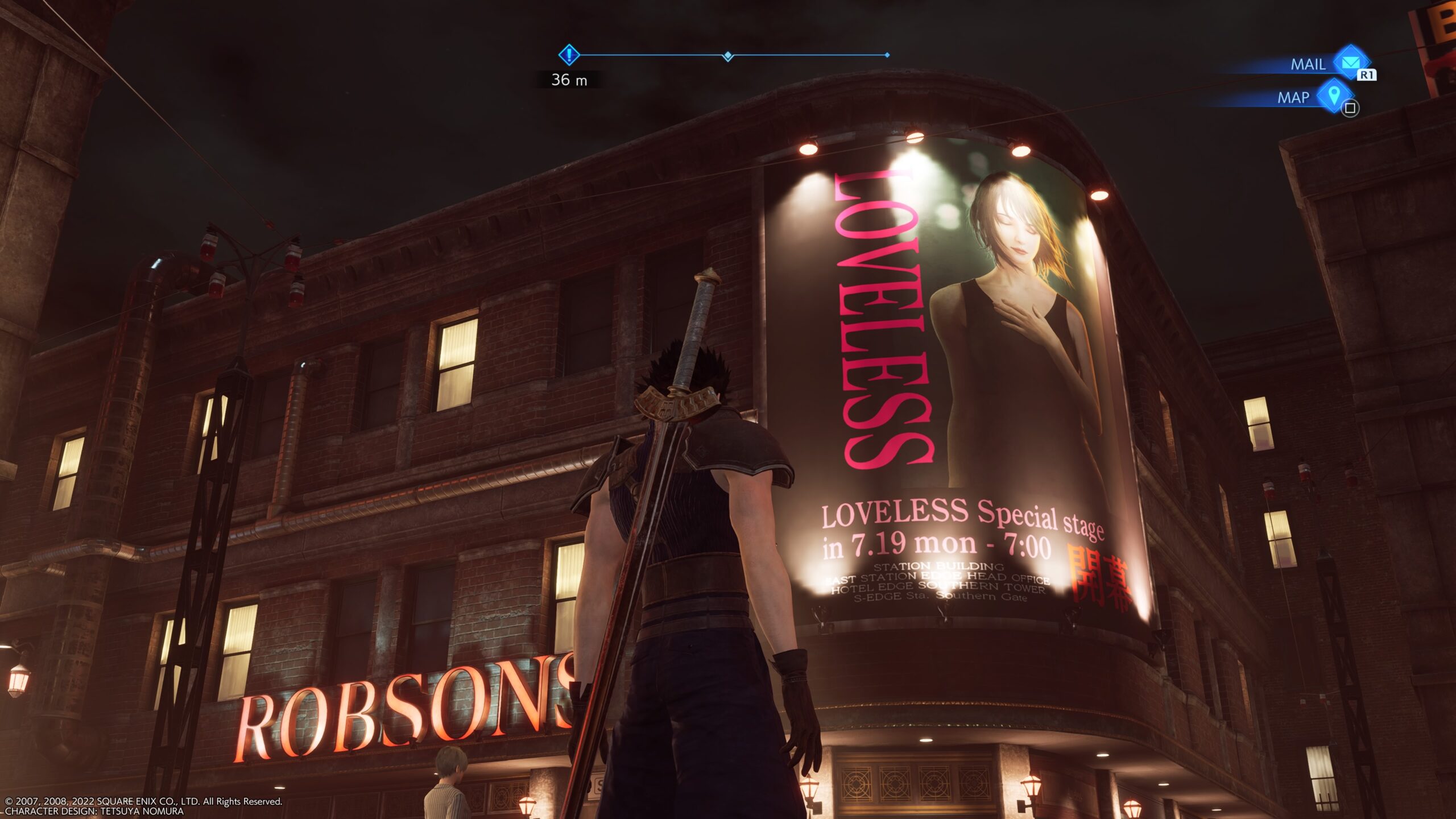
Crisis Core: Final Fantasy VII Reunion is a little more than a remaster, but it also doesn’t qualify as a remake. The effort to make the combat more enjoyable is appreciated and the new camera controls make this the definitive way to play it, but only if it is on a portable platform.
The handheld design philosophy is too deeply rooted in Crisis Core: Final Fantasy VII Reunion’s DNA and any drastic changes would effectively make it a different game. Maybe that would have been preferred because Crisis Core was already deeply flawed.
Compromised though it may be, Reunion is interesting enough to check out – a large reason why is because Final Fantasy VII‘s world is still compelling enough to endure a superfluous story. The core gameplay will only get you by if you play it in small doses on a small screen.
Crisis Core: Final Fantasy VII Reunion was reviewed on PlayStation 5 using a copy provided by Square Enix. You can find additional information about Niche Gamer’s review/ethics policy here. Crisis Core: Final Fantasy VII Reunion is now available for Windows PC (via Steam), Nintendo Switch, Xbox One, Xbox Series X|S, PlayStation 4, and PlayStation 5.